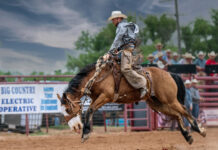Imagination is the Key
By
Shannon Squires
Whether you love or hate to photograph them, everything comes back to children. It’s where it all begins. From the very first day, how a baby is nurtured has a profound impact on the kind of person they become.
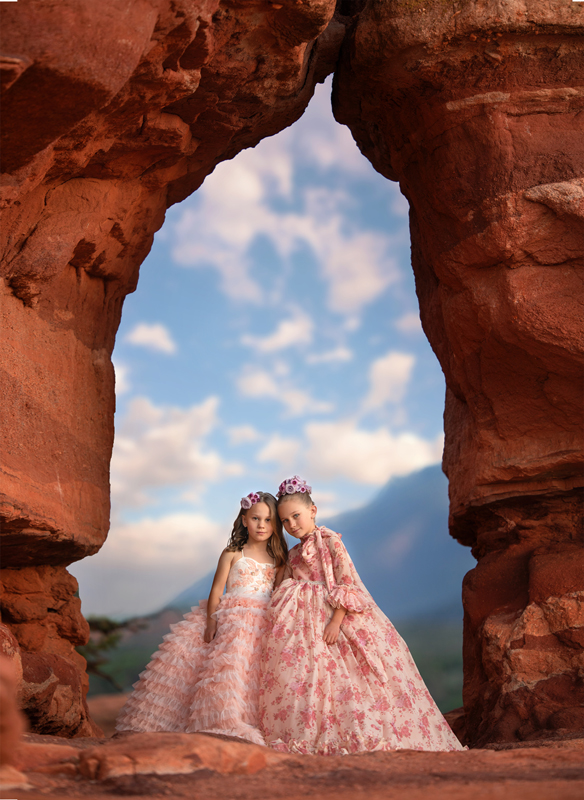 Years ago, I spent time in Romania working in two orphanages. One was for babies and another for older children. What struck me most was the silence in the baby orphanage. The babies rarely cried. They had learned, all too early, that their cries didn’t often bring comfort. The staff-to-baby ratio was far too low. Many of the infants would sit up, rocking back and forth to self-soothe. Later the same day, I’d visit the orphanage for kids aged 4 to 18 and see how those early beginnings had shaped them: excessive anger, difficulty forming attachments, and emotional struggles too heavy for one article.
Years ago, I spent time in Romania working in two orphanages. One was for babies and another for older children. What struck me most was the silence in the baby orphanage. The babies rarely cried. They had learned, all too early, that their cries didn’t often bring comfort. The staff-to-baby ratio was far too low. Many of the infants would sit up, rocking back and forth to self-soothe. Later the same day, I’d visit the orphanage for kids aged 4 to 18 and see how those early beginnings had shaped them: excessive anger, difficulty forming attachments, and emotional struggles too heavy for one article.
There are endless studies on early childhood development and how those formative years shape the adults we become. In “The Body Keeps the Score,” childhood trauma is identified as one of our nation’s largest public health problems. Robert Anda’s studies found that if we eradicated child abuse, we would reduce depression by more than half, would reduce alcoholism by two-thirds, and reduce suicide, domestic violence, and IV drug use by three-quarters. It would also boost workplace performance and lower incarceration rates.
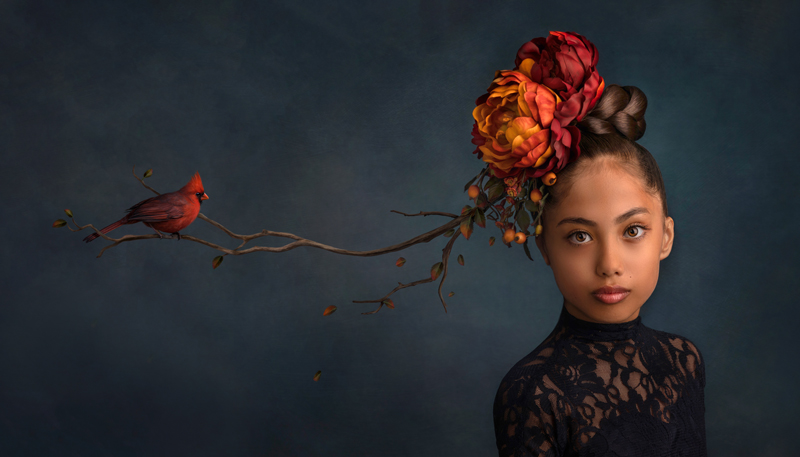
How a child is nurtured or not nurtured affects whether they grow up to be a people pleaser, experience depression or anxiety, become wildly creative, fall into addiction, struggle in relationships, or rise as a compassionate leader. From day one, your life experiences begin molding you into the adult you are today. As a parent, that fact can feel overwhelming. As a creative mom, I’ve worked hard to protect my children’s sense of wonder and imagination. My oldest, though, has always been curious about the facts and eager to grow up faster than I’d like. If you’ve attended any of my recent classes, you’ve probably heard me talk at length about reconnecting with childlike creativity. One study I love sharing is about how NASA wanted to hire more geniuses, so they commissioned a scientist named George Land to research what makes a genius. He tested creative genius in children and found that at ages 3 to 5, 98% scored in the “creative genius” range. But by ages 13 to 15, only 10% scored in that range, and by age 25, only 2% scored as such.
Let that sink in. From ages 5 to 13, we lose 88% of that creative genius! Why? Because as we grow, we’re taught to be practical and realistic. Slowly, the world teaches us to trade wonder for caution. Yet, the adults who retain that childlike creativity are often the ones who revolutionize industries from medicine to art to technology. Isn’t it ironic that school teaches us to stay inside the box, only for the workplace to demand we “think outside” of it?
One of my favorite quotes is, “A creative adult is a child who survived.” If children are allowed to be childlike for as long as possible, they grow into more well-rounded, resilient adults. Play isn’t just how kids learn. It’s how they solve problems and explore the world. And adults who engage in play benefit too: less stress, improved cognitive health, more active lifestyles, and longer lives.
That’s the philosophy that guides how I parent, even when my kids are in a rush to grow up. Of course, they need to understand the world, both its beauty and its dangers. But why does growing up have to mean giving up imagination?
So, take a moment. Think back to who you were as a child. What did you believe in before you were told to “grow up?” Do you ever wish you could return to that version of yourself? I often hear people say they wish they could go back to ages 6 or 9. I’ve never heard anyone say, “I wish I had grown up faster.”
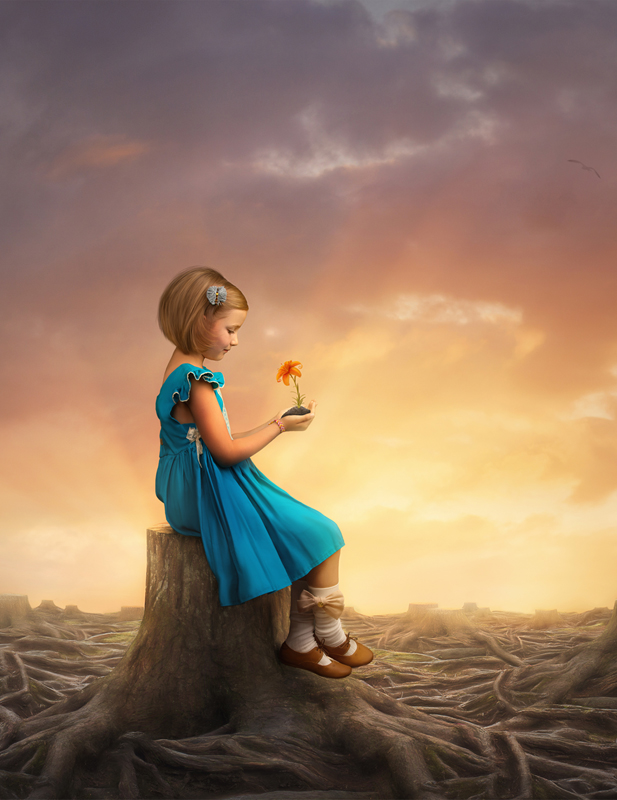 Childhood is meant to be a nurturing foundation. That’s why, as a business, our charitable focus is on fighting human trafficking, especially when it involves children.
Childhood is meant to be a nurturing foundation. That’s why, as a business, our charitable focus is on fighting human trafficking, especially when it involves children.
I adore working with children. Even when it’s chaotic and I end the day exhausted, there’s magic in the mess. Their imaginations remind me of my own childhood and inspire me to create whimsical art that feels like play. Through my images, I hope to encourage both children and adults to believe in magic again.
Children are a treasure. If we want a strong future, both nationally and globally, it begins with how we treat them. We must cherish their kind, creative, beautiful hearts and protect the worlds they dream up. Through my portraits, I aim to do just that: honor their wonder as we gently guide them into adulthood.
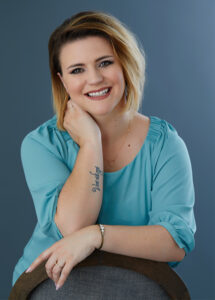
 Shannon is a nationally-recognized award-winning photographer based in Colorado Springs. In 2019 Shannon won her first 1st place GIA in the Children’s category and went on to win another two more before winning the overall GIA in 2020. In addition to her GIA wins, Shannon has also been a part of Team U.S.A. in 2022 and 2023 with two images on the team each year. She started photography in high school before attending Art school in Seattle, earning an Associates degree in Commercial Photography. She is also a Master Photographer, Master Artist, CPP, Craftsman, and Image Excellence, through Professional photographers of America.
Shannon is a nationally-recognized award-winning photographer based in Colorado Springs. In 2019 Shannon won her first 1st place GIA in the Children’s category and went on to win another two more before winning the overall GIA in 2020. In addition to her GIA wins, Shannon has also been a part of Team U.S.A. in 2022 and 2023 with two images on the team each year. She started photography in high school before attending Art school in Seattle, earning an Associates degree in Commercial Photography. She is also a Master Photographer, Master Artist, CPP, Craftsman, and Image Excellence, through Professional photographers of America.




